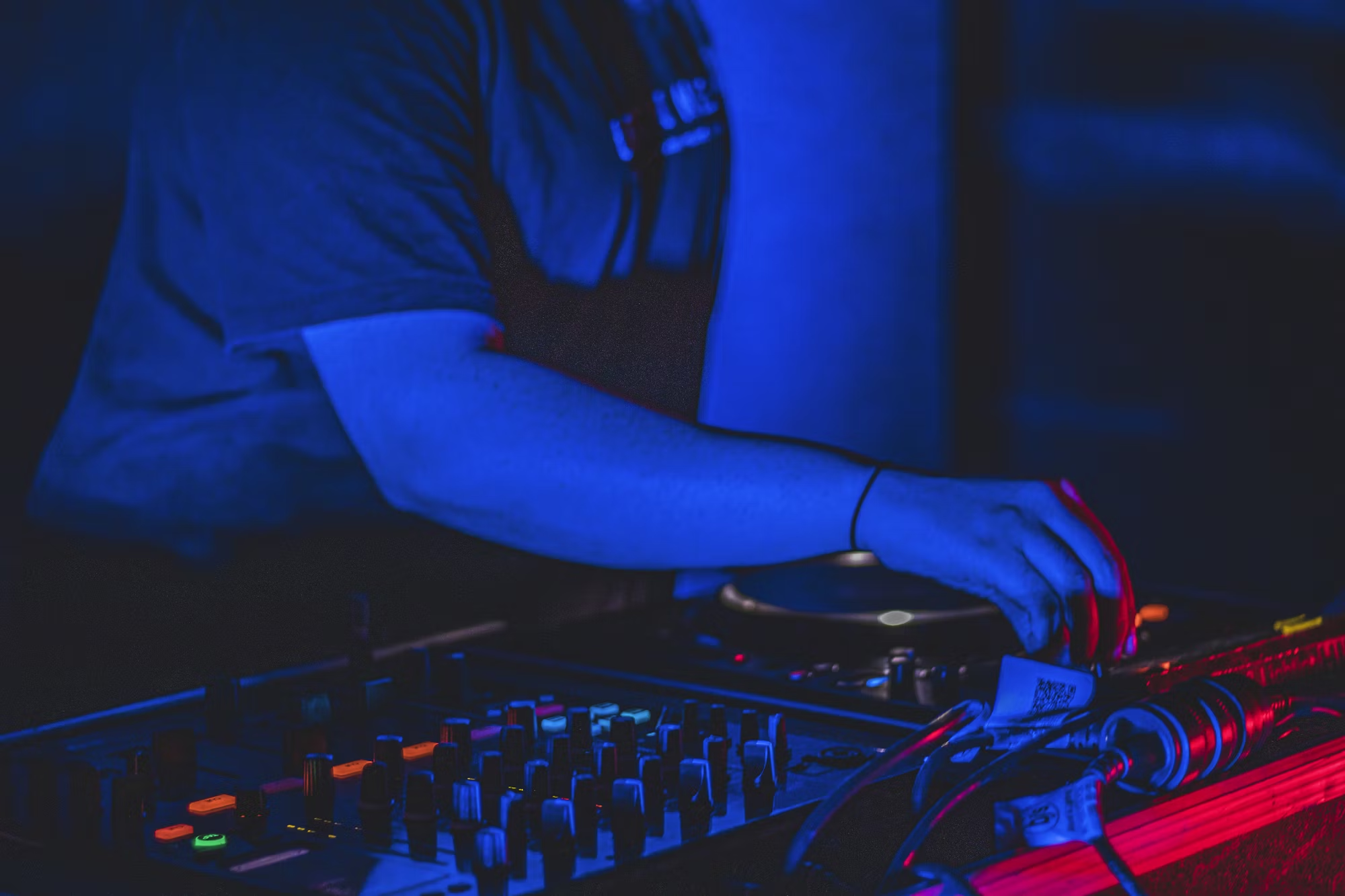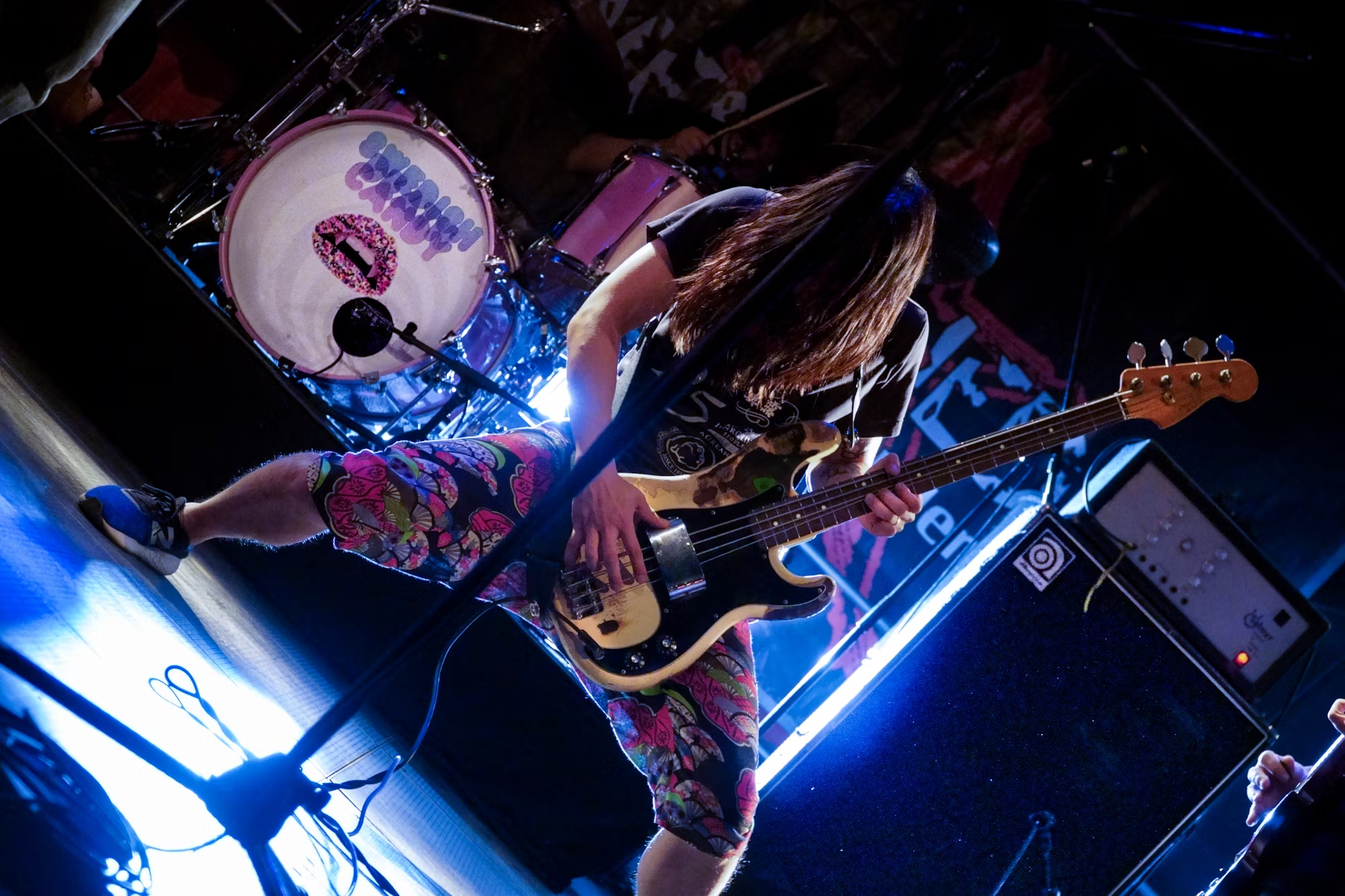Electronic Dance Music (EDM) has become a dominant force in the music industry, influencing not only how we listen to music but also how we experience it in various social contexts. From underground clubs to massive music festivals, EDM spans a multitude of genres, each with its own unique characteristics and cultural significance. This article delves into the evolution of EDM, examining its key genres, influential artists, and the cultural shifts that have shaped its trajectory.
The Origins of EDM
The roots of EDM can be traced back to the late 1970s and early 1980s, when electronic music began to emerge as a distinct genre. Pioneering artists like Kraftwerk in Germany and Giorgio Moroder in Italy experimented with synthesizers and drum machines, laying the groundwork for what would eventually evolve into various forms of electronic music. As technology advanced, new genres began to emerge, reflecting different cultural contexts and musical influences.
The Birth of House and Techno
In the early 1980s, house music was born in Chicago, characterized by its four-on-the-floor beat and soulful vocals. DJs like Frankie Knuckles and Marshall Jefferson played a crucial role in popularizing this genre in nightclubs, leading to its rapid spread across the United States and eventually worldwide. House music’s infectious rhythms and uplifting melodies made it a favorite in dance clubs, establishing a blueprint for future EDM genres.
Simultaneously, techno emerged in Detroit, heavily influenced by the city’s industrial landscape. Artists like Juan Atkins and Derrick May pioneered this genre, which is known for its futuristic sound and use of synthesizers. Techno’s emphasis on repetitive beats and minimalistic melodies set it apart from house music, creating a rich tapestry of sound that resonated with listeners seeking something different.
The Diversification of EDM Genres
As EDM continued to grow, it branched into various subgenres, each capturing unique elements and influences. The 1990s saw the rise of trance, which emphasized melodic build-ups and emotional crescendos. Artists like Paul van Dyk and Armin van Buuren became household names, captivating audiences with their uplifting tracks that often featured ethereal vocals and sweeping melodies.
In contrast, the turn of the millennium brought the explosive popularity of dubstep, characterized by its heavy basslines and syncopated rhythms. Artists like Skrillex and Flux Pavilion introduced a new energy to the dance floor, blending elements of dub, garage, and drum and bass to create a sound that resonated with a younger audience. Dubstep’s aggressive drops and innovative sound design captured the imagination of fans, leading to its integration into mainstream music.
The fusion of genres became a hallmark of EDM, leading to the emergence of styles like future bass and trap. Future bass, with its melodic and uplifting nature, gained popularity through artists like Flume and San Holo, while EDM trap, spearheaded by artists like RL Grime and Baauer, brought hip-hop influences into the electronic realm. This blending of styles allowed EDM to continuously evolve, attracting diverse audiences and creating new listening experiences.
The Cultural Impact of EDM
EDM is not just about music; it represents a cultural phenomenon that transcends borders. The rise of music festivals, such as Tomorrowland and Coachella, has created platforms for artists to showcase their talents and for fans to connect through shared experiences. These festivals often celebrate diversity and inclusivity, attracting individuals from various backgrounds to dance, celebrate, and create lasting memories.
Moreover, the visual elements of EDM culture play a significant role in its appeal. Elaborate stage designs, stunning light shows, and interactive art installations enhance the overall experience, making each festival a multi-sensory adventure. This emphasis on creativity extends beyond the music itself, fostering a vibrant community where attendees express themselves through fashion, art, and performance.
The Role of Technology in EDM
The evolution of technology has been instrumental in shaping the sound and experience of EDM. Advances in music production software and hardware have empowered artists to experiment and innovate, leading to the creation of unique sounds that push the boundaries of electronic music. Additionally, social media platforms and streaming services have allowed artists to reach global audiences, breaking down geographical barriers and creating a more interconnected music scene.
The rise of virtual reality and immersive experiences is also set to redefine the future of EDM. With advancements in technology, festivals and concerts may evolve into virtual spaces where fans can connect and interact in new ways, enhancing the sense of community that defines EDM culture.
The Future of EDM
As EDM continues to evolve, its future remains bright and full of potential. The genre’s ability to adapt and embrace new influences will ensure its longevity in the music industry. Emerging artists are constantly redefining the sound, drawing inspiration from a variety of genres and cultures, which will lead to further diversification and innovation.
Moreover, the increasing focus on sustainability and social responsibility within the festival scene will shape how events are organized and experienced. Many festivals are now prioritizing eco-friendly practices, creating a culture of awareness that resonates with attendees and encourages them to take action in their own lives.
Conclusion: A Celebration of Sound and Community
In conclusion, EDM is a dynamic and ever-evolving genre that has significantly impacted music culture and social interactions. From its humble beginnings to its current status as a global phenomenon, EDM reflects the creativity, innovation, and diversity of the communities it represents. As it continues to evolve, the genre will undoubtedly inspire future generations to come together, celebrate life, and connect through the universal language of music.





